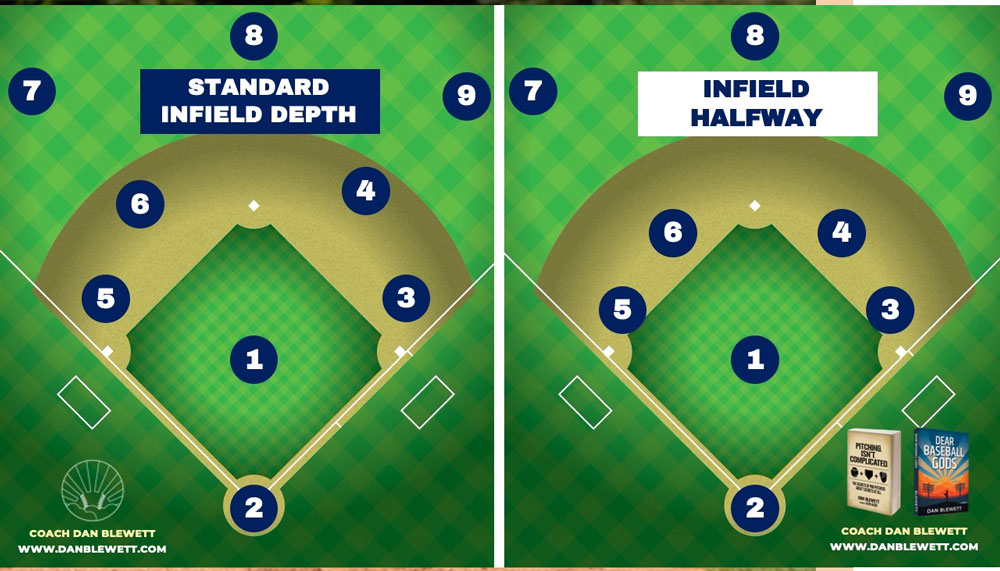1st base can be a high-traffic zone in baseball, and 1st basemen are at risk of collisions and injuries. It’s crucial to prioritize safety to keep yourself protected during games. In this guide, we’ll provide tips on how 1st basemen can protect themselves from collisions and injuries on the field.
1. Positioning and Footwork
Proper positioning and footwork are essential for 1st base safety:
a. Maintain a Defensive Stance
- Always be in a ready position with your right foot on the base (left foot for left-handed first basemen).
- Stay low with knees slightly bent, allowing you to react quickly.
b. Avoid Overcommitting
- Be cautious about straying too far from the base when fielding ground balls or making stretches. Overcommitting can leave you vulnerable to collisions.
c. Watch the Runner
- Keep a close eye on the runner approaching 1st base. Know their speed and intent, and be ready to adjust your positioning accordingly.
d. Communicate
- Constantly communicate with the pitcher, middle infielders, and other fielders to coordinate plays and avoid collisions.
2. Be Aware of the Baseline

Understanding the baseline and runner’s path is crucial for safety:
a. Maintain a Lane
- When receiving throws, keep your foot on the base and create a clear running lane for the runner.
- Avoid blocking the baseline unless you have possession of the ball.
b. Yield to the Runner
- In collision situations, yield to the runner to minimize contact. Make sure you have possession of the ball before attempting a tag.
3. Protect Yourself During Stretches
Stretches at 1st base can be risky. Here’s how to protect yourself:
a. Avoid Extending Too Far
- When stretching for throws, avoid overextending your body. Keep one foot on the base as long as possible.
b. Use the Base as Protection
- If a throw is off target and pulls you off the base, use the base as a shield between you and the runner.
c. Tuck and Roll
- If a collision is imminent and you can’t avoid it, tuck your head and try to roll with the contact to minimize the risk of injury.
4. Protective Gear
Consider using protective gear to enhance your safety:
a. Fielding Masks
- Some first basemen choose to wear fielding masks to protect against errant throws or line drives.
b. Cup
- A protective cup can safeguard you from potential low throws and collisions.
5. Conditioning and Flexibility
Maintaining good physical condition and flexibility can help reduce the risk of injury:
a. Stretching and Warm-Up
- Prior to games and practices, engage in proper stretching and warm-up routines to prepare your body.
b. Strength Training
- Focus on strength training exercises that improve your core stability, which can reduce the risk of injuries.
6. Learn Proper Tagging Techniques
Understanding how to apply tags safely is essential:
a. Swipe Tags
- Use swipe tags rather than lunging tags. Swipe tags are less likely to result in collisions.
b. Keep Hands and Ball Protected
- When applying a tag, keep your hands and the ball protected, away from the runner’s body.
7. Seek Coaching and Advice
Consult with experienced coaches and trainers for guidance on safe play techniques and injury prevention.
8. Know Your Limits
Lastly, be aware of your own physical limitations. Avoid overexertion or pushing yourself beyond your capabilities, as this can lead to injuries.
Conclusion
1st base safety in baseball is paramount. By prioritizing proper positioning, communication, and awareness, you can significantly reduce the risk of collisions and injuries while playing this vital position. Remember that safety should always come first, and developing safe play habits will not only protect you but also enhance your overall effectiveness as a 1st baseman. Stay vigilant, stay safe, and enjoy the game of baseball to its fullest.
